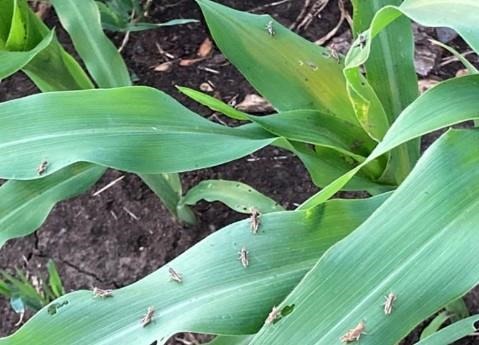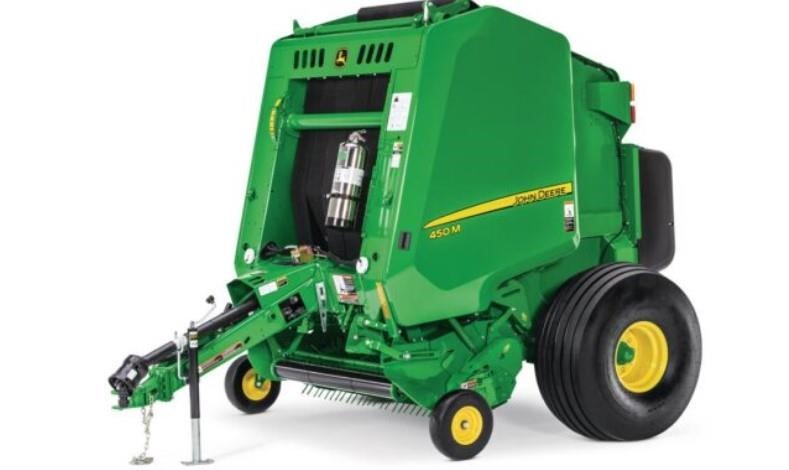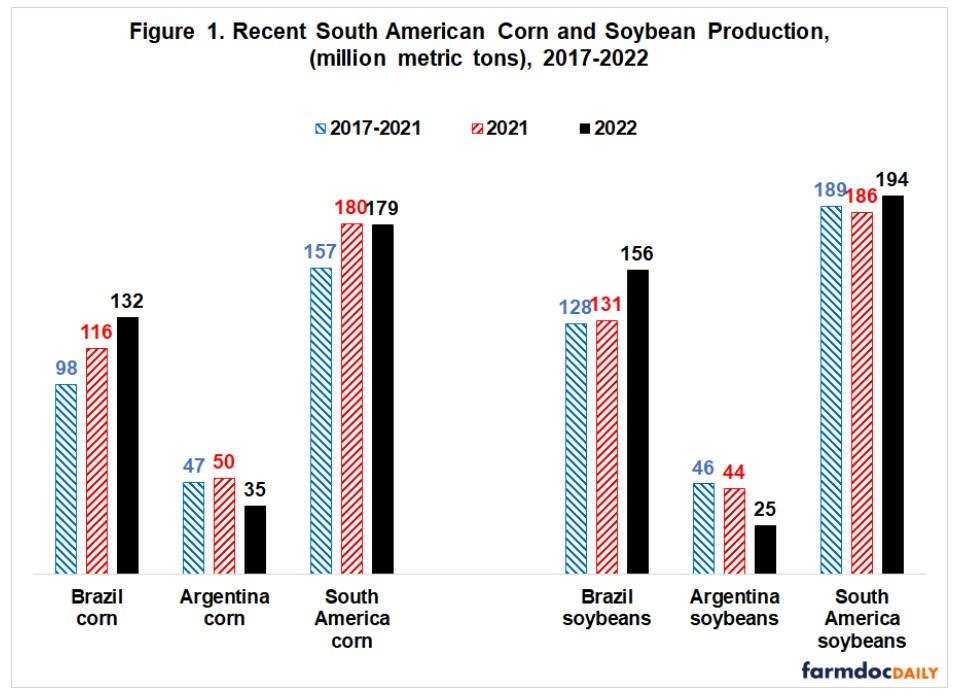March is one of the most challenging months on the farm to keep barns properly ventilated. We often see temperatures in the teens and less than a week later see highs in the 70’s. Our ventilation system recently roared to life as temperatures in the barn crossed 65°F, reminding me that we still had not gotten around to winter fan maintenance as belts squealed and louvers hung half shut.
Fan maintenance is critical to keeping your cows cool and saving energy. Ventilation systems often consume between 20 to 25% of the total energy used on the farm. Lack of cleaning can reduce fan efficiency by as much as 40%. Meaning that your electric bill stays the same, but less air is moving through the barn. Monthly maintenance through the summer is critical to keep fans clean. Even a thin layer of dirt on the fan blades, shutters, and protective shrouds decreases air movement and increases the power requirements from the fan. Heavy cleaners and a pressure washer work well to remove dirt from the fans.


Dirty fans in need of cleaning.
Be sure to disconnect the power supply before washing the fan and be extra cautious of water entering unsealed motors. After washing, allow fans to dry and grease bearings before turning the power back on. During washing, inspect the fans closely using the following maintenance checklist:
- Do all shafts turn smooth; are bearings showing wear?
- Inspect impeller for cracks.
- Are belts worn?
- Are pulleys still aligned?
- Bolts and set-screws tight.
While monitoring fan performance and wear can be challenging, there are a few tools that can help you. Fans should be monitored on a routine basis, such as every month in the summer or on the manufacturer’s recommended grease internal.
Logbook - If you assign a number to each fan on the farm, it will help track the maintenance cost of each individual fan. The logbook allows you to monitor when a fan is having increased belt wear or motors that are not lasting as long as they should, which is a sign of greater problems occurring. Recording air velocity also helps to notice wear issues before they become major problems.
Digital Anemometer - A anemometer is used to measure the air velocity to determine if fans are operating properly. Be sure to record these values in your logbook so that you can find changes in fan performance. Lower air velocity is often caused by either dirt build up or improper belt tension, allowing for slippage. Ideal wind speed through the barn is 5 mph.
Digital Tachometer - A tachometer is used to help determine why your fan may not be producing enough air velocity. This can be used to help determine the RPM of both your fan and the motor. When the motor is running at the correct RPM, but the blades are not, it may be due to poor belt tension, damaged or worn pulleys, or poor belt alignment.
Groove Gage - This can be used to identify pulleys that are worn and need replaced. Worn pulleys increase belt wear and slippage and decrease fan RPM. Belts should ride at the top of a pulley and not sunken into the pulley. The gage should fit tightly; if more than 1/32 inches of wear can be seen, poor belt life can be expected. If the gauge hits the bottom of the pulley, it is worn out.

Source: Dayton motor
Belt Tension Tester - This can be used to measure the force required to move a belt 1/64inch per inch of span. It helps troubleshoot fans that are turning slower than they should. If tension is correct but fans are turning too slow, pulleys or belts may be worn out. If belts with spring tensioners cannot be tensioned correctly, it may be a sign that the spring tensioner is weak or that belts are stretched or improperly sized.
Multi-Meter - This allows you to check the amperage draw of the fan motor; high amperage draws waste electric and can lead to premature motor failure. This can be caused by too high of belt tension, dirt build-up on blades and housing, or bearings that are binding and need replaced.
When adding new or replacing ventilation fans, it is important to look at more than the price. Many motors have electric efficiency ratings; the higher efficiency motors have more copper windings, increasing their cost. High efficiency motors usually pay for themselves with decreased electric consumption within one to three years. When adding or replacing fans, it is important to not buy the cheapest but also consider the fans efficiency rating for lifetime electrical use.
When inspecting ventilation systems and placing new fans, it is important to check air speed throughout the barn. The minimum cooling airspeed at cow resting height is 2.25 mph, which can be measured with an anemometer with little additional cooling effect found from air speeds over 4.5 mph. When measuring air speed throughout the barn, be sure to check for dead zones caused by fans having less air throw than expected. For example, depending on fan velocity, 36-inch fans may have to be placed every 24 feet instead of 30 to 32 feet. While large or more efficient fans can push air further; every cow acts as a baffle that disrupts air flow.
Through proper fan maintenance, we can keep ventilation systems working at maximum efficiency, keeping cows cool and comfortable. The ideal ventilation system will provide between 40 and 60 air changes per hour.
Source : osu.edu